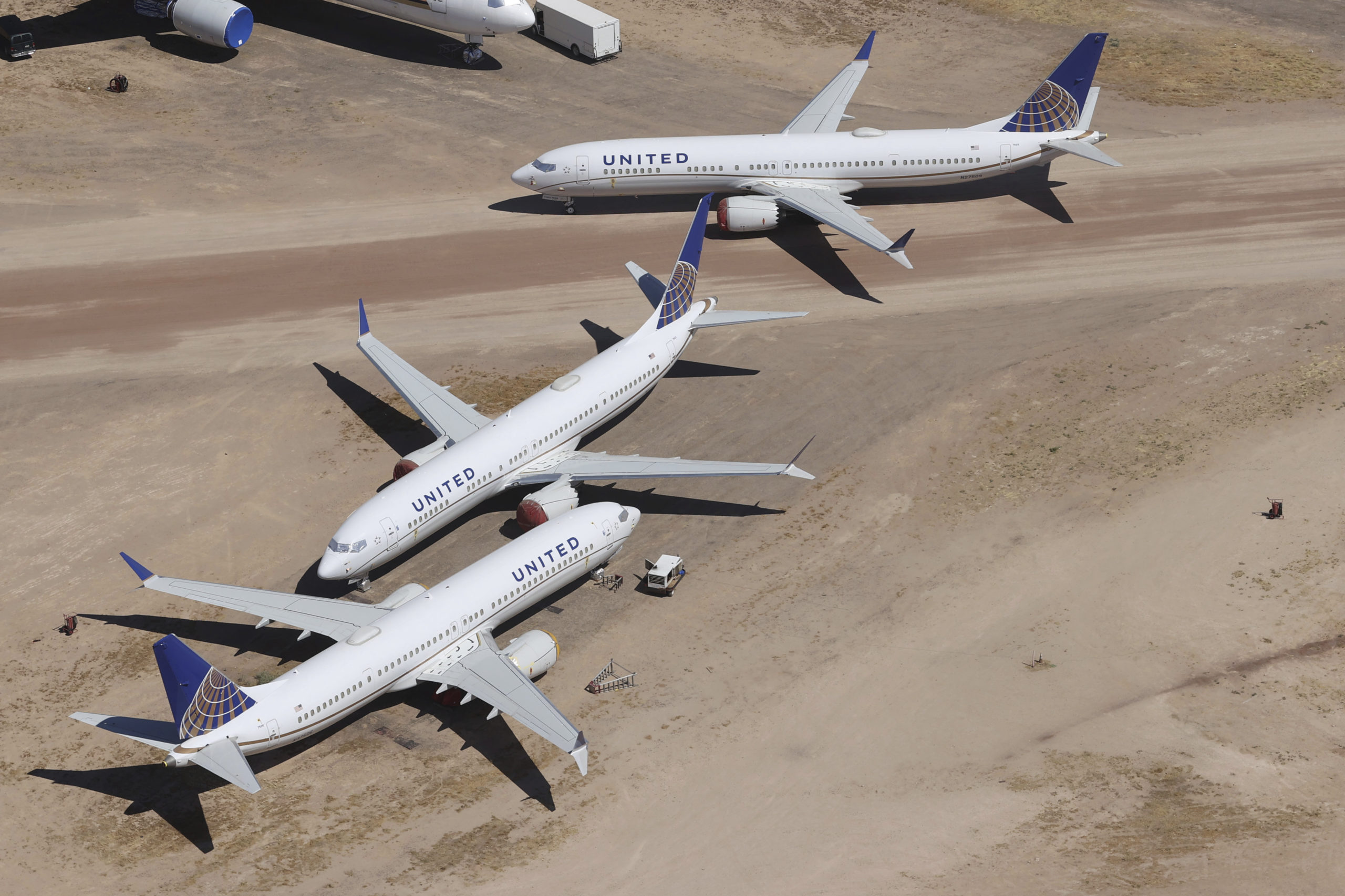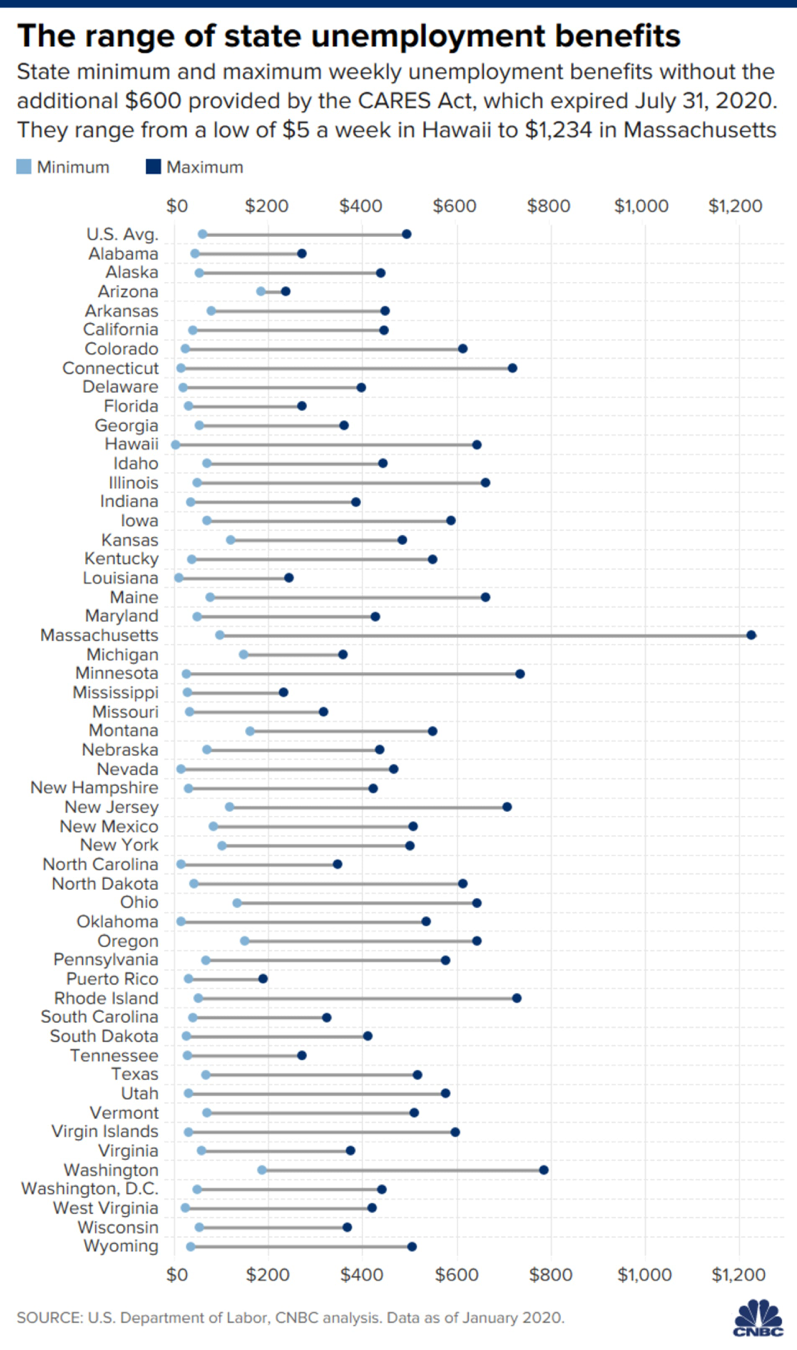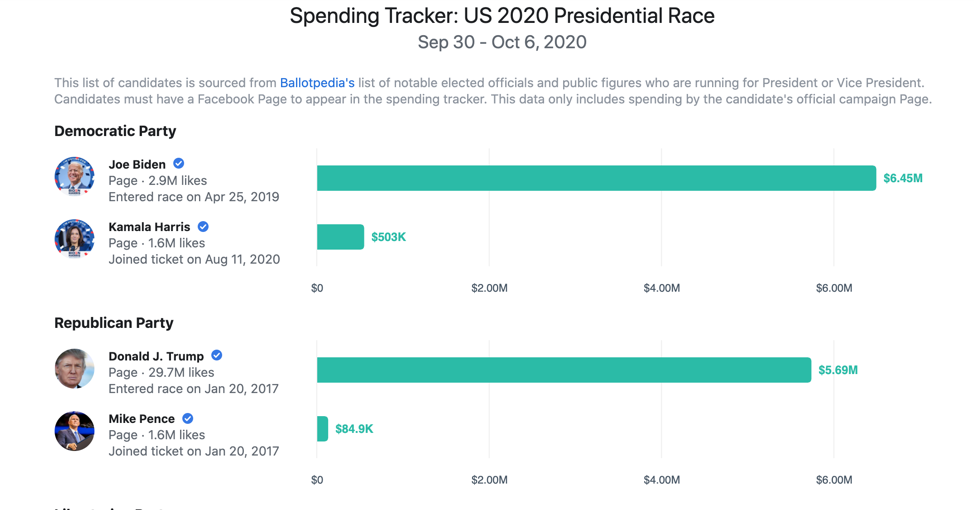 Covering COVID-19 is a daily Poynter briefing of story ideas about the coronavirus and other timely topics for journalists, written by senior faculty Al Tompkins. Sign up here to have it delivered to your inbox every weekday morning.
Covering COVID-19 is a daily Poynter briefing of story ideas about the coronavirus and other timely topics for journalists, written by senior faculty Al Tompkins. Sign up here to have it delivered to your inbox every weekday morning.
The person who, in theory, knows more than anybody in the U.S. about the rush to develop a COVID-19 vaccine spoke up and said the vaccine will be more effective than expected but will take a little longer than they had hoped to get here.
Moncef Slaoui, the immunologist who runs the Trump administration’s Operation Warp Speed program to develop vaccines against the coronavirus, says he expects that drug companies will file their paperwork for emergency authorization around Thanksgiving. That would mean vaccinations would not begin until 2021. Slaoui says he expects the vaccines will be between 80 to 90% effective, which is much higher than the Food and Drug Administration set as a benchmark.
Slaoui told MarketWatch that he expects 300 million doses to be available in January. What he says here is not a clear short sound bite, but I am passing it along to you so you can think about the step-by-step process that is involved. Slaoui said:
We will know if a vaccine works … anytime late October, or November, or in December. But I expect the (emergency use authorization) filing to happen three (or) four weeks after that moment of when we know the vaccine is efficacious, maybe if we work like crazy we make it happen in two weeks.
He went on to explain the practicalities of how the approval would move:
What is likely to happen is that the companies are going to first take a certain number of days from the time the number of cases are accrued to clean up the data. There are always clarifications on the case report form. You call the clinical trial sites, ask for questions that are called queries. This is all regulated in the (good clinical practice) requirements. That usually is going to take, frankly, easily a week to make sure every case is a real case, whether it corresponds to a primary endpoint definition or secondary endpoint definition. Otherwise you’re going to be creating a mess.
Let’s say if the number of cases is obtained, I’m going to even say Oct. 29, (though) it may be until Nov. 10 or Nov. 7. And then it may be until the end of November when the file is actually fully completed and submitted to the FDA for emergency use. It’s important to factor in those periods of time. Things don’t happen overnight; otherwise, you will be making mistakes.
Why should airlines get stimulus help and not restaurants or hotels?

Grounded planes from United Airlines (mpi34/MediaPunch /IPX)
House Speaker Nancy Pelosi said Thursday that she is not interested in a stimulus bill that only helps airlines.
“There is no stand-alone bill without a bigger bill,” she said. She and Treasury Secretary Steven Mnuchin have talked more than once this week about a stand-alone plan that might bail out airlines. President Donald Trump has spoken favorably about the idea.
Earlier this week, Congress and the president seemed to be warming to the notion of a special bail-out bill that would target the airlines, which are laying off around 35,000 workers right before Election Day. Airline CEOs and labor unions have been pleading for $25 billion or so that they say might forestall widespread layoffs.
The airlines say a bailout would help them make it until the end of March, when they hope flying will pick up again. The airlines do not expect to return to 2019 passenger levels until at least 2023 and it could take years to pay off the debt they are incurring right now.
According to industry trade group Airlines for America, “domestic air travel is still down 62% compared to September 2019 and international travel has fallen by 84%. Airline revenues plummeted by 86.5% in the second quarter of 2020, and sales for future travel are down 84%.”
Airlines represent a $1.7 trillion churn in the U.S. economy. The airlines say they employ 750,000 workers and that they are connected to more than 10 million jobs in America.
The airlines took $25 billion in the first round of relief with the promise not to lay off workers. That promise expired on Oct 1.
Back in March, The Boston Globe, for one, opposed special treatment for not only airlines but also for hotels, saying:
Airlines, hotels, and cruise companies should be eligible for whatever general economic assistance programs the government develops. Their size, and the extent of their losses, should put them in line for sizable aid — at least in the form of low-cost loans.
But if Congress is to set aside money just for airlines or hotels or cruise ships, it needs to attach some awfully stringent conditions to justify exceptional treatment on the taxpayer’s dime. The criteria should be aimed at ensuring such businesses contribute more to society in their practices with respect to employees, customers, and the environment.
While there is some support for a separate airline bailout, the American Hotel and Lodging Association says its members are in dire shape and without help, the hotel industry is “on the brink of collapse.” The AHLA recently said, “Nearly 4,000 hotel industry leaders sent an urgent letter to Congress urging immediate action to help hotels avoid foreclosure and the loss of tens of thousands of jobs.”
The U.S. Travel Association says, “Without immediate aid, 50% of all travel-supported jobs will be lost by December — an additional loss of 1.3 million jobs. As travel supported 11% of all pre-pandemic jobs, it is simply not possible for the U.S. to expect a nationwide economic recovery without meaningful federal relief.”
Restaurants are slowly making a comeback. But the National Restaurant Association says “eating and drinking place staffing levels are still down 2.3 million jobs from February’s peak.”
What happens to outdoor dining when winter arrives? For the majority of the National Restaurant Association’s members, outdoor dining has helped save their businesses. Three-fourths of full-service members offer outdoor options. The association tells this story:
At Lumen, Detroit, restaurateur Scott LaPage invested in several patio igloos last year, well before the pandemic, because he was looking for a novel way to increase his sales during the cold winter months.
The move allowed him to increase his revenues during those months, and then the pandemic hit. Now, he believes they will help his business weather the COVID-19 storm by allowing parties of up to six people to dine in the igloo, which is outfitted with space heaters, an electric fireplace, and fresh air circulating through two open flaps in the back of the structure. Parties enter through a zippered door. Guests can relax for up to two hours inside the globes.
LaPage said each igloo, made of fiberglass rods and clear tent material, costs about $1,200, and is easy to assemble. It’s imperative to make sure your local jurisdiction allows these types of structures, especially with space heaters, he advises.
The reality of living without a stimulus now
Without a new stimulus package from Congress and President Trump, the weeks ahead are going to be more than tough for a lot of Americans.
“Absent more aid,” CNBC said, “jobless Americans will be living off their current allotment of benefits from the state or federal government. In some cases, that amounts to just $5 a week.”
Wait — $5 a week? Let’s fact-check that one. For starters, every state sets its own unemployment benefits rate. And it is possible, in Hawaii, to qualify for only $5. But that is not typical, even though in some states, the low end approaches that figure.

(CNBC)
The Labor Department says somewhere around 26 million Americans are collecting unemployment benefits as of Oct. 1. Keep in mind that is a moving target that, for example, does not include the thousands of new claims being filed after big airline and Disney layoffs, among others. The Labor Department said:
The largest increases in initial claims for the week ending September 19 were in New York (+7,893), Georgia (+7,336), Massachusetts (+5,186), New Jersey (+5,038), and Oregon (+3,251), while the largest decreases were in Maryland (-2,197), Michigan (-2,169), Indiana (-1,543), Illinois (-1,408), and Louisiana (-1,340).
CNBC reported that in the second quarter of this year, unemployment benefits paid a little more than a third of the wages the average worker earned before being laid off:
On average, states paid $305 a week (about $1,220 a month, before tax) in unemployment insurance to workers in August, according to Labor Department data.
Some paid much less. Louisiana and Mississippi, for example, paid just over $180 a week ($720 a month) — the lowest average among the states.
However, some workers get less still. States pay unemployment benefits within a range, between a minimum and maximum weekly amount. Those ranges vary significantly by state.
Then there is a whole segment of workers who are not eligible for unemployment: the so-called gig-workers, those who are self-employed and freelancers. The Pandemic Unemployment Assistance Act that helped those workers expires at the end of December.
What’s up with Facebook and Google suspending political ads after Election Day?
The two social media giants say they will not accept political ads after the polls close and that the ban may last at least a week or two. This is a step beyond Facebook’s initial ban on political ads in the week before Election Day.
Facebook said:
While ads are an important way to express voice, we plan to temporarily stop running all social issue, electoral, or political ads in the U.S. after the polls close on Nov. 3, to reduce opportunities for confusion or abuse.
The policy appears to be aimed at preventing disruption while votes are still being counted, a concern raised after President Trump’s refusal to promise an orderly transition of power if he doesn’t win reelection.
It will be interesting to see what, if any, policies TV stations and cable companies will use to sell such ads.
You can track ad spending on Facebook by state, topic and timing by going to their ad library.
Make no mistake, while TV spending is still the main place candidates buy ads, CNBC reports spending on social media is heating up:
President Trump’s campaign has largely gone off the air with TV ads in Ohio, Texas, Iowa and Nebraska, which he easily won in 2016.
But he is outspending Joe Biden with targeted Facebook ads in those states over at least the past week, according to the social media giant’s ad tracker.
Anti-Trump super PAC Defeat by Tweet launched in June and has run up an advertising bill of more than $800,000 with an online campaign that encourages people to automatically donate money every time the president tweets.
When to say “COVID-19” and when to say “coronavirus”
A reader who did not wish to be named made the great point that we should clarify that COVID-19 and coronavirus should not be used interchangeably, which I suspect I have done.
The disease that comes from the virus is called COVID-19.
The virus that causes it is called “severe acute respiratory syndrome coronavirus 2,” or the novel coronavirus.
This is similar to referring to HIV and AIDS. HIV is the virus; AIDS is the disease.
If you want to know how viruses and diseases get named, you can go to this World Health Organization page. Go ahead, we will wait for you. You know you want to know.
The way we work now
CNN’s Martin Savidge is back in Lake Charles, Louisiana, covering another hurricane. An entire high-rise is covered in plywood from the last storm that blew through.
In Lake Charles, LA this “plywood high rise “ is the after effect of hurricane Laura now threatened by hurricane Delta. pic.twitter.com/8GcN4JKZ1m
— Martin Savidge (@MartinSavidge) October 8, 2020
In Lake Charles as Hurricane Delta targets the area, the debris from Hurricane Laura will be it’s own destructive danger. pic.twitter.com/1hBFs8DFRs
— Martin Savidge (@MartinSavidge) October 8, 2020
We’ll be back Monday with a new edition of Covering COVID-19. Sign up here to get it delivered right to your inbox.
Al Tompkins is senior faculty at Poynter. He can be reached at atompkins@poynter.org or on Twitter, @atompkins.








